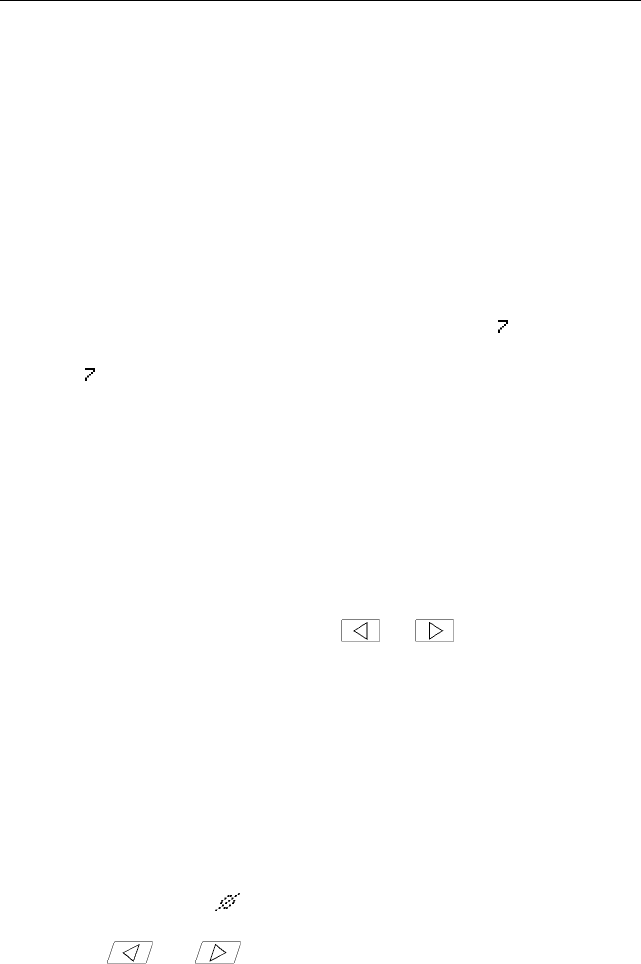
Functions and Screen Modes
25
F M
Functions and Screen Modes
The Tester uses a set of multipurpose screens to present each type of
measurement (volts, amps, watts) as a waveform, a relational bar chart of
harmonics, or a series of digital (text) readouts. With multiple values and
computations on each screen, you only need to press a few keys to see
everything there is to know about power (or just voltage or current) at the test
point. Cycle through the choices by pressing either (or both) of these keys.
The Tester preserves selections that are active in one screen as you switch to
another screen. For example, if you are measuring harmonic
in the Volts
Harmonic Screen and change function, the Tester continues measuring
harmonic
in the amps and watts harmonic screens.
Waveform Screen Mode
Volts, amps, and watts waveform screens (Figure 10) use a common format to
present information about the measurement inputs. This format shows digital
information on top and a waveform on the bottom. The waveform vertical
scale limits usually change automatically (
AUTO on) to accommodate the
magnitude of the input. The horizontal scale represents 0 through 360 degrees
(one cycle) of the fundamental frequency.
With a waveform screen displayed, press
or to activate the
vertical cursor bar. Continue to press these keys to position the cursor along
the horizontal degree scale. A second line of digital information defines the
magnitude and phase for the point where the cursor bar intersects the
waveform.
Note
In the waveform screens, the frequency displayed is the frequency of
the fundamental. This is normally true even when the signal being
measured contains an individual harmonic with an amplitude
greater than the fundamental (such as the third harmonic in the
neutral current of a 3
, 4-wire system supplying non-linear loads).
To obtain the frequency of a harmonic, select the harmonic screen
and use
and to position the cursor arrow under the
harmonic of interest.


















